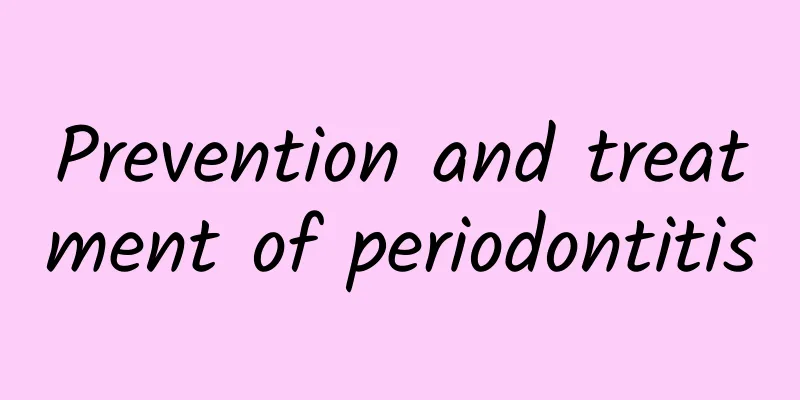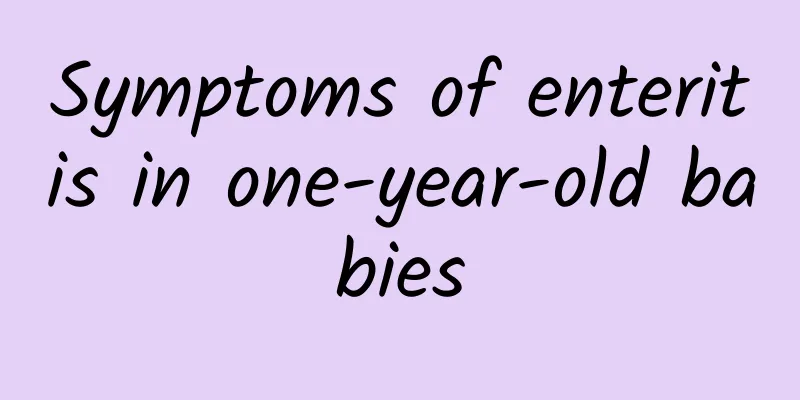Prevention and treatment of periodontitis

|
As the saying goes, "Toothache is not a disease, but it can be fatal." It is true. Toothache is very painful. You cannot eat anything and do nothing because of the pain. Sometimes you can take some painkillers to control the pain at the moment, but it cannot cure the root cause. So how can you cure toothache? There are many reasons for toothache: such as periodontitis, inflammation, etc. So what causes periodontitis and how to prevent and treat it? Let us all learn together: Periodontitis is a chronic inflammation that affects the gums and periodontal tissues. It is a destructive disease characterized by the formation of periodontal pockets and inflammation of the pocket walls, alveolar bone resorption and gradual loosening of teeth. It is the main cause of tooth loss in adults. This disease is mostly caused by plaque, tartar, food impaction, poor restorations, bite trauma, etc., which cause the gums to become inflamed and swollen, and at the same time aggravate the accumulation of plaque and spread from above the gums to below the gums. Due to the characteristics of the subgingival microecological environment, a large number of highly virulent periodontal pathogens, such as Bacteroides gingivalis, Bacteroides intermedia, spirochetes, etc., grow in the subgingival plaque, aggravating and spreading the inflammation of the gums, leading to the formation of periodontal pockets and alveolar bone absorption, causing periodontitis. Overview The disease progresses slowly, and it is often difficult to determine the normal age of onset. Most cases of chronic periodontitis worsen slowly, but there may also be intermittent active periods. Causes 1. Plaque refers to the microorganisms adhering to the surface of teeth and cannot be removed by rinsing the mouth or washing with water. 2. Tartar is mineralized plaque deposited on the tooth surface. Dental tartar can be divided into two types: supragingival tartar and subgingival tartar according to its deposition location and properties. a. Supragingival tartar is located on the tooth surface above the gingival margin and can be seen directly with the naked eye. There are more deposits on the cervical area of the teeth, especially on the buccal side of the maxillary molars and the lingual side of the mandibular anterior teeth. The main source of inorganic salts in supragingival calculus is mineral salts such as calcium and phosphorus in saliva. b. Subgingival tartar is located below the gingival margin, on the root surface in the gingival pocket or periodontal pocket. It cannot be seen directly by the naked eye and must be explored with a probe to know its deposition location and amount. Subgingival tartar can form on any tooth, but is more common on the interproximal and lingual surfaces. Subgingival calculus is mainly provided with mineral salts by gingival crevicular fluid and exudate. The first stage should be basic periodontal treatment. This applies to every patient with periodontal disease. Patients with acute conditions such as acute gingival abscess, acute periodontal abscess, and acute necrotizing gingivitis should be treated according to the circumstances. Extract teeth that cannot be saved to maintain periodontal health for a longer period of time. Scaling, scaling, and root planing are performed to remove supragingival and subgingival plaque, tartar, and necrotic cementum. If necessary, temporary fixation, adjustment and drug-assisted treatment of loose teeth should be performed. The task of this stage is to eliminate local pathogenic factors and enhance patient awareness. Therefore, it is very important to provide patients with oral hygiene guidance and correct their bad living habits. Patients should be made to understand the causes of periodontitis and the importance of establishing good oral hygiene habits, and be taught methods of removing plaque, such as the correct way to brush teeth and the correct use of plaque removal tools such as dental floss, toothpicks, and interdental brushes. After basic treatment, the efficacy should be re-evaluated. 2. Surgical treatment: Re-evaluate the periodontal condition 2-3 months after basic treatment. If the probing depth of certain teeth is still above 5mm and bleeding occurs on probing, or if the root bifurcation lesions are grade I-II, or if the gingival and alveolar bone morphology is poor, surgical treatment is required. Periodontal surgery can not only perform thorough root planing and remove infected tissue under direct vision, but also correct poor gum shape, poor alveolar bone morphology, and furcation lesions, and perform regenerative treatment of periodontal tissue. Restorative and orthodontic treatment of periodontitis is based on basic periodontal treatment to improve symptoms such as loosening, displacement and chewing weakness of affected teeth. Treatment at this stage must be carried out under the condition that periodontal inflammation is under control, and is generally performed 3 months after treatment (post-surgery). Its fundamental purpose is to disperse the combined force, eliminate trauma, establish a coordinated joint relationship, and establish a stable and balanced joint; fix loose teeth, repair missing teeth, control pathological loosening and displacement, promote the healing of periodontal diseased tissues, and restore chewing function. 3. Maintenance treatment: After treatment, periodontitis patients should still maintain their periodontal health throughout their lives and develop good oral hygiene habits; they should also undergo regular professional maintenance to prevent the recurrence of periodontitis. This is the maintenance period of periodontal treatment. It seems that even a minor periodontitis should not be ignored and deserves attention. Minor illnesses should be treated with minor treatments. Early treatment does not require surgery. If it is cured, it will avoid involving the entire tooth and affecting our health. Let us start with the details, brush our teeth in the morning and evening, rinse our mouths after meals and pay attention to oral hygiene. Believe that a set of healthy teeth will definitely belong to us! |
<<: What are the traditional Chinese medicine treatments for herpes?
>>: What to do if baby's finger has thorns
Recommend
Intestinal obstruction symptoms and treatment
The human body relies on the digestive system to ...
How long does a closed needle last? What are the differences between long-acting and short-acting drugs?
A blocking injection is a procedure in which some...
How to use anal lubricant
During sexual intercourse, the human body needs a...
Early symptoms of tuberculosis, cough and sputum should be paid attention to
Tuberculosis is a very common lung disease, which...
How to cure Achilles tendon strain quickly?
In modern society, people have begun to choose fi...
How to clear the Eustachian tube
As we all know, the human pharynx, nose and throa...
Emergency methods to stop diarrhea
People often suffer from diarrhea when they don&#...
Symptoms of mild cerebral palsy in adulthood
For milder cerebral palsy, it generally will not ...
What medicine should I use for itchy skin on my legs?
Itchy skin on the calves is difficult to deal wit...
Fracture of the base of the fifth metatarsal bone
Metatarsal fracture is a very common disease. Ext...
Vomiting, diarrhea, body aches and weakness
As the saying goes, 30% of stomach problems depen...
What are the red spots on my breasts?
If there are red spots on a woman's breasts, ...
The efficacy and function of stir-fried Trichosanthes peel
Trichosanthes kirilowii is the dried perfect frui...
Pharmacological effects of Radix Achyranthis Bidentatae
Tianjihuang is a plant of the Garcinia family. It...
What is it like to be unable to open your eyes in a dream?
It is normal to dream occasionally while sleeping...









